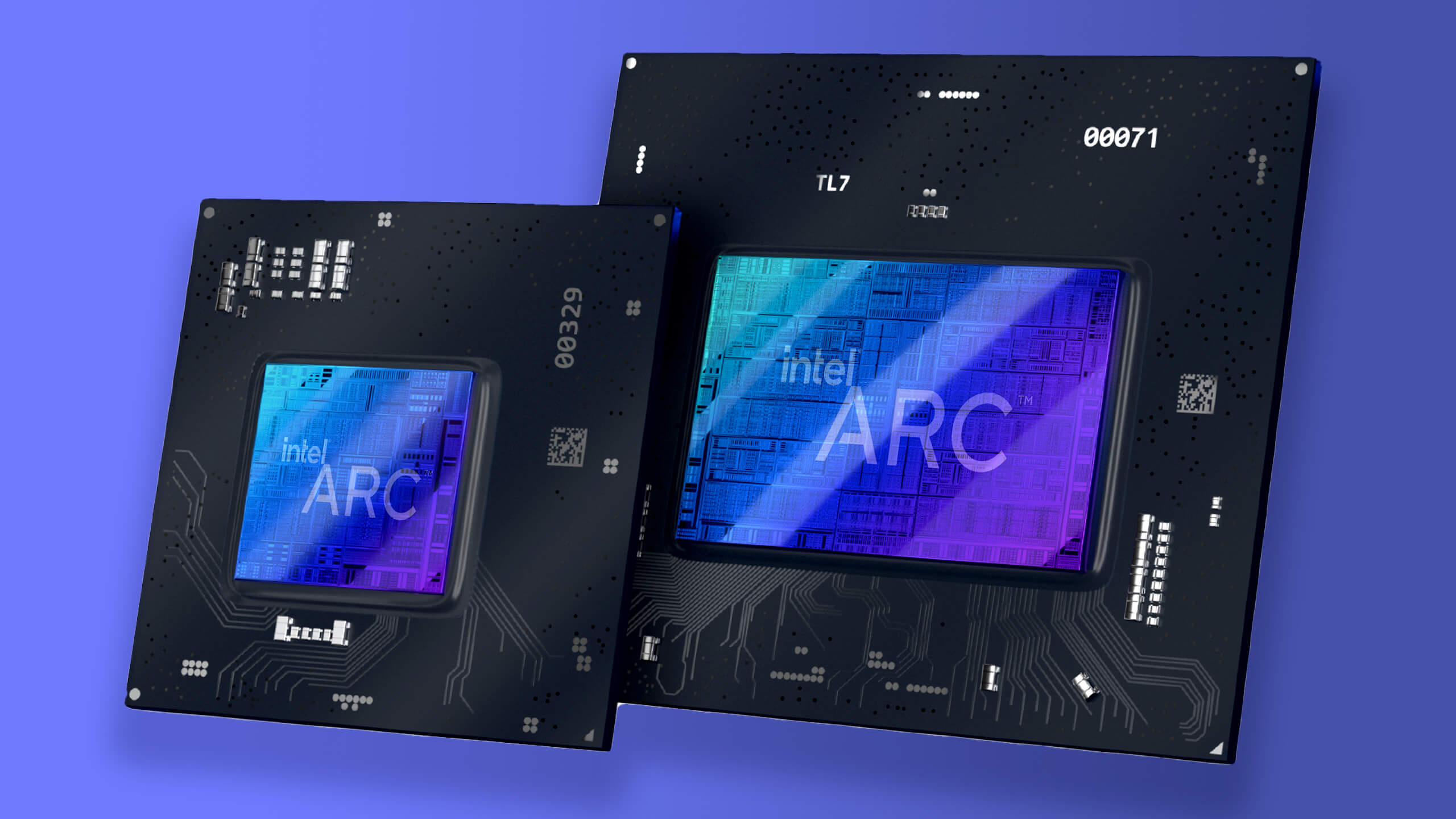The fact that Intel has a series of promising GPUs in the pipeline is more than enough to get us hyped beyond measure — if anything, because it’ll make the market more competitive and, by proxy, force NVIDIA and AMD to sell their products at lower prices. Whether these Intel Alchemist graphics cards will actually deliver, however, still remains to be seen.
“Team blue” has been both hot and cold lately and, well, it’s hard to predict anything with confidence given their multi-year-long struggles in the desktop CPU segment of the market. Still, it seems like they’re well aware of just how important this undertaking really is; they’ve opted to compete with NVIDIA and AMD — two giants who’ve been battling it out for what feels like an eternity. They’ve had the biggest of head starts, and, well, it’s a bit hard to envision a world in which Intel competes on even footing.
Then again, we’d be remiss if we didn’t say that, based on all available information, Intel might really have something special in store!
There’s a Reason For Optimism
Intel already has a slew of top-tier AIBs on board, including Asus, Gigabyte, and MSI. This peculiar report comes straight from Videocardz, so it definitely has a bit of weight to it.
Now, it’s still unclear at this point in time whether these AIB partners will simply slot in Intel’s GPUs into their pre-built PCs and call it a day or, conversely, tweak and tune Intel’s reference design and in doing so create third-party aftermarket graphics cards — with custom designs, coolers, and varying clock speeds. The latter is all but guaranteed to be the case, but Intel’s plans (at least for the first half of 2022) might differ.
The Alchemist series of GPUs from Intel is going to be pretty darn powerful, but it’s the integration between software and hardware, along with many bells and whistles like its AI-based Xe Super Sampling (or XeSS, for short) that’ll really seal the deal.
Intel Alchemist GPUs — Early Line-up Summary
According to Moore’s Law Is Dead, Intel is preparing three different configurations based on the same Alchemist die. And, as expected, each of these will target a vastly different segment of the market.
Configuration #1: Full Alchemist Die — 512 execution units running at 2.2-2.5Ghz; 16GB of GDDR6 memory; 8 + 6 pin PICe configuration drawing under 235W; will perform between a 3060 Ti and 3070 Ti.
Configuration #2: Cut down Alchemist Die — 384 execution units, around 8GB of GDDR6 RAM, with performance between a 3060 and 3060 Ti.
Configuration #3: Full low-end Alchemist Die — 128 execution units running at 2.2-2.5Ghz, 4/8GB of GDDR6 memory over a 64-bit bus; power consumption of around 75W; performance between a GTX 1650 and GTX 1650 SUPER, but “with the ability to do ray-tracing.”
The top-of-the-line model sure look powerful, but it’s arguably not what most folks would want to invest in. The second and third configurations, however, are endlessly more interesting, with the cheapest one being the most alluring. To get ray-tracing support and 1650 SUPER levels of performance for a budget-friendly price is what most folks dream of!
These GPUs are scheduled to launch in Q1 2022, although it’s still unclear whether they’ll all be released at the same time, or if Intel will employ a similar strategy as NVIDIA and AMD and release each separate configuration across a longer time frame.
In any case, it’ll be interesting to see whether “team blue” will actually deliver on its promise, or if it’ll be a case of “too little, too late.” Regardless, we’re more than willing to give them a shot! And, as always, expect a lot more coverage over the coming weeks and months!






